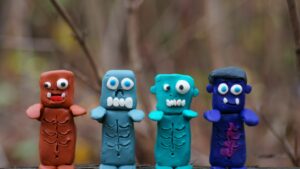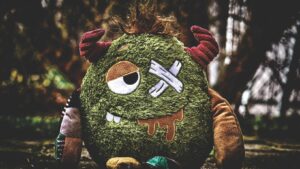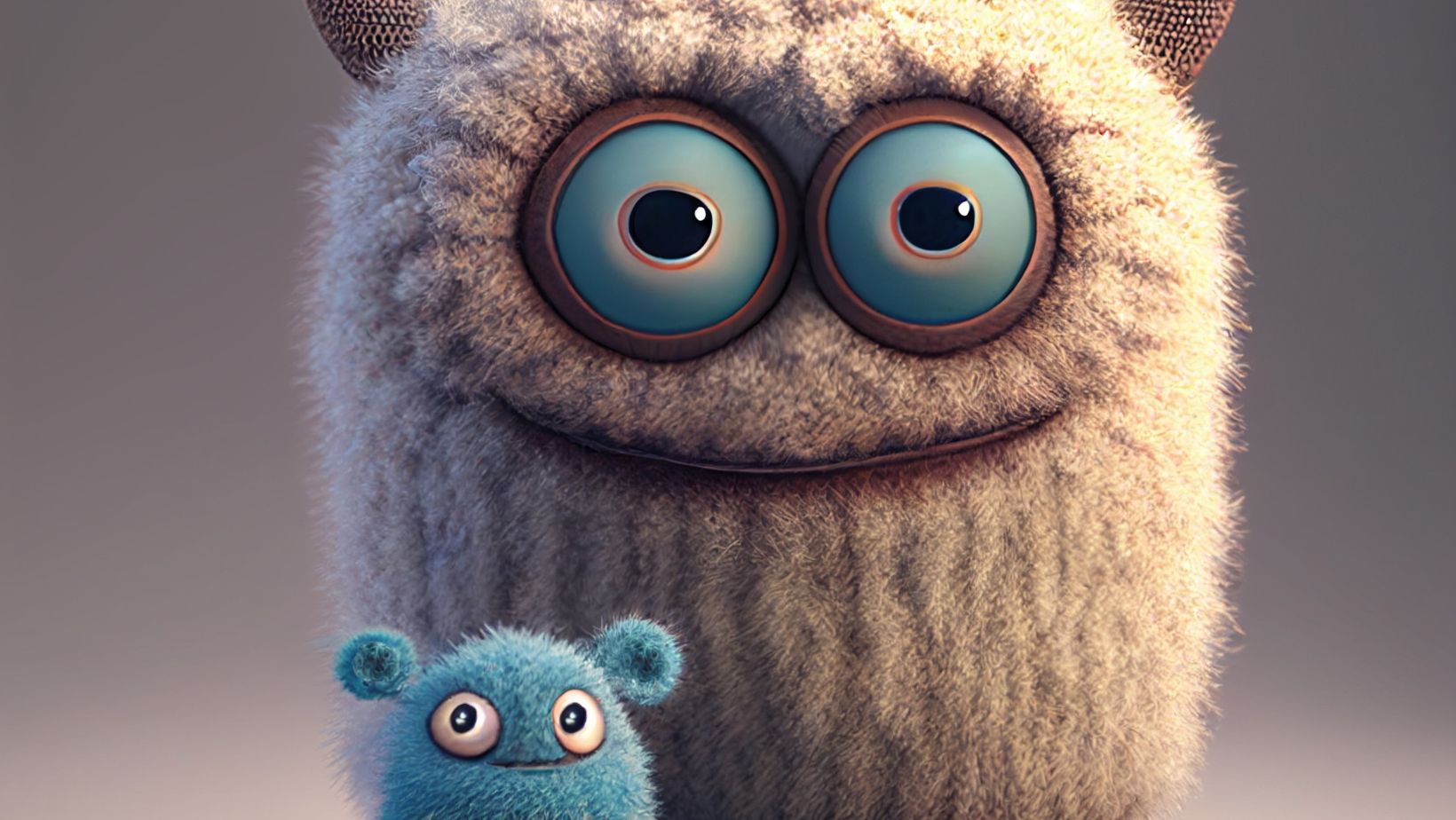Fantasy:7lxlyg4945g= Monsters
In the realm of fantasy, where imagination knows no bounds, monsters have always held a captivating allure. These mythical creatures,  born from the minds of storytellers, have both terrified and fascinated audiences for centuries. From the fire-breathing dragons of medieval lore to the cunning tricksters of modern fantasy novels, these beings challenge heroes and bring stories to life.
born from the minds of storytellers, have both terrified and fascinated audiences for centuries. From the fire-breathing dragons of medieval lore to the cunning tricksters of modern fantasy novels, these beings challenge heroes and bring stories to life.
Fantasy monsters aren’t just mere obstacles; they’re often reflections of human fears and desires. Whether it’s the allure of the vampire’s immortality or the dread of the werewolf’s uncontrollable rage, these creatures tap into deep-seated emotions and cultural archetypes. Their enduring presence in literature, film, and gaming continues to evolve, offering fresh takes on age-old myths.
As fantasy worlds expand, so does the diversity of monsters within them. Each new tale brings unique creatures that push the boundaries of imagination, ensuring that the fascination with fantasy monsters remains as strong as ever.
The Allure Of Fantasy Monsters
Fantasy monsters captivate audiences by embodying fears and desires in vivid forms. They serve as both reflections of cultural archetypes and personifications of universal emotions like fear, hope, and curiosity. Dragons, often represented as majestic and powerful, symbolize the ultimate challenge yet inspire awe and wonder. Vampires draw readers with their allure of immortality and the horror of consuming others. These mythical creatures transcend mere obstacles in stories and become essential elements in exploring the human experience.
As storytelling evolves, fantasy monsters adapt, enhancing narrative depth in literature, film, and gaming. Medieval myths introduced  formidable beasts like gryphons and chimeras, which explore themes of courage and morality. With modern interpretations, such as aliens in science fantasy or AI in speculative fiction, monsters continue to challenge characters, pushing them towards introspection and growth. This evolution ensures their relevance in contemporary media.
formidable beasts like gryphons and chimeras, which explore themes of courage and morality. With modern interpretations, such as aliens in science fantasy or AI in speculative fiction, monsters continue to challenge characters, pushing them towards introspection and growth. This evolution ensures their relevance in contemporary media.
The diversity of fantasy monsters continues to expand alongside fictional worlds. Writers, filmmakers, and game designers introduce creatures from global mythologies, ensuring cultural representation and enriching the tapestry of fantasy. Japanese yōkai, African Anansi myths, and Native American Wendigos offer distinct perspectives on morality, nature, and humanity’s place in the universe. This combination of traditional and innovative creatures guarantees ongoing fascination and engagement for audiences worldwide.
Origins Of Fantasy Monsters
Fantasy monsters often draw inspiration from ancient sources, blending myth and imagination. These creatures reflect cultural beliefs and human psychology.
Mythology And Folklore
Stories from ancient cultures serve as rich sources for fantasy monsters. Mythologies from Greek, Norse, and Egyptian traditions offer iconic beings like Medusa, Fenrir, and Anubis. Folklore contributes as well, with monsters like the Irish Banshee and Russian Baba Yaga influencing contemporary narratives. These creatures, rooted in myth, symbolize universal themes such as life, death, and transformation.
Literary Influences
Literary works have shaped the depiction of fantasy monsters over centuries. Mary Shelley’s Frankenstein introduced the concept of the misunderstood creature, while Bram Stoker’s Dracula popularized the vampire archetype. Later, J.R.R. Tolkien’s The Lord of the Rings and C.S. Lewis’s The Chronicles of Narnia expanded the genre, incorporating dragons, orcs, and other mythical beings. These works, pivotal in their genre, continue to influence modern storytelling by expanding the scope and nature of fantasy monsters.
Types Of Fantasy Monsters
Dragons and serpents dominate myth and legend with their majestic forms and formidable powers. Dragons, often depicted with wings  and the ability to breathe fire, symbolize both destruction and protection depending on the cultural context. In Asian mythologies, they represent wisdom and good fortune while Western stories often portray them as fearsome adversaries. Serpents, entwined with symbolism, frequently appear as guardians or harbingers of change. They are central to myths like the Norse Jörmungandr, encircling the earth, and the Greek Python, a creature defeated by Apollo.
and the ability to breathe fire, symbolize both destruction and protection depending on the cultural context. In Asian mythologies, they represent wisdom and good fortune while Western stories often portray them as fearsome adversaries. Serpents, entwined with symbolism, frequently appear as guardians or harbingers of change. They are central to myths like the Norse Jörmungandr, encircling the earth, and the Greek Python, a creature defeated by Apollo.
Vampires and werewolves embody humanity’s fear of the unknown and the loss of control. Vampires, immortal beings sustained by human blood, often symbolize seduction and the eternal struggle between life and death. Literature and film explore their complexity, from Bram Stoker’s Dracula to Anne Rice’s Vampire Chronicles. Werewolves, humans cursed to transform into wolves, reflect themes of nature and the beast within. Legends from regions like Europe and Africa highlight tales of transformation triggered by the full moon or curses, emphasizing the duality of human nature.



